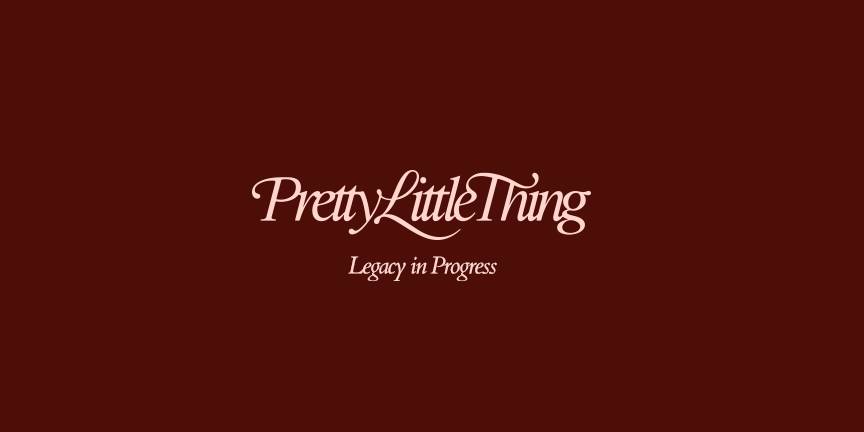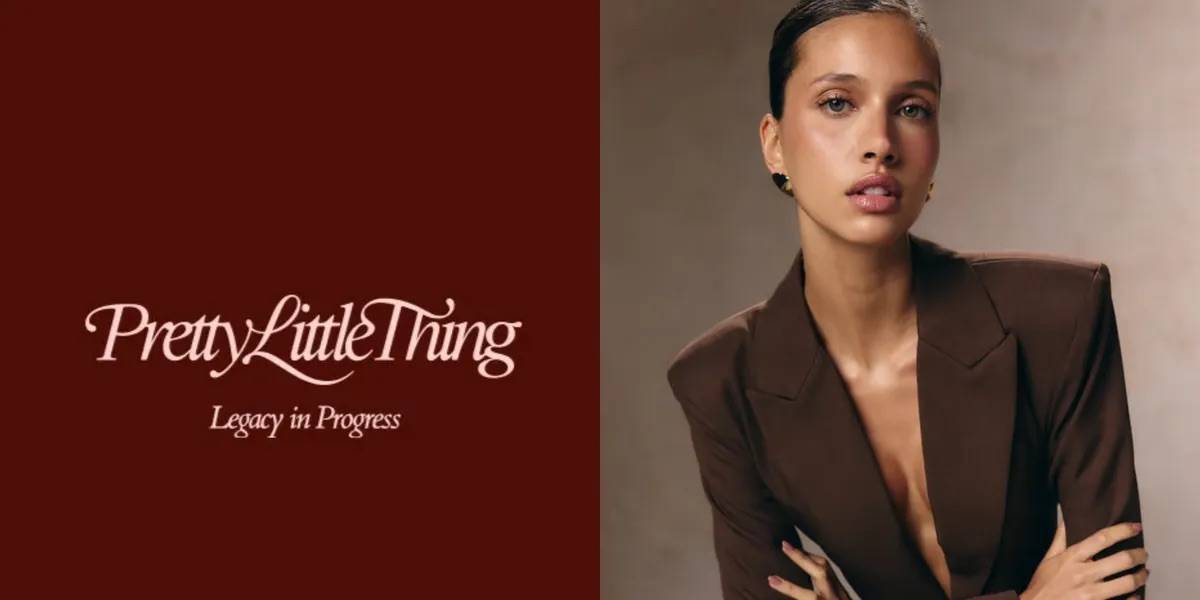Does the allure of attracting new shoppers outweigh the risk of losing loyal ones? PrettyLittleThing’s (PLT) latest rebrand serves as a reminder that shifting brand identity to combat declining sales is no easy fix. In PLT’s case, its set its sights on ‘’accessible luxury’’—a sector poised for significant growth in the coming years. But how does a brand known for ultra-fast fashion make that leap?

A bold new direction
For over a decade, PLT built its reputation on providing trend-driven, low-cost fashion. With its signature bubblegum pink branding and playful unicorn aesthetic, the brand carved out a strong identity in the fast-fashion space. However, mounting competition from Shein and ongoing scrutiny over sustainability and ethics left PLT at a crossroads: stay the course or take a bold new direction? It chose the latter.
Now, the online retailer is on a mission to “redefine accessible luxury for a new generation” and shed its fast-fashion past. This is a dramatic shift from the image it has cultivated for years. To solidify this transformation and signal a fresh start, a drastic overhaul was necessary—the bubblegum pink and unicorns had to go.

Scrutiny over PLT's sustainability
PLT has long faced scrutiny over its sustainability and ethical practices. In 2020, the brand made headlines for selling a dress for just 10 pence on Black Friday and less than six months ago, it was offering discounts of up to 90% off everything. Its rock-bottom prices have been heavily criticised for fuelling fast fashion’s environmental impact, alongside ongoing concerns about workers’ rights and fair pay.
Does the brand's past align with its new direction?
The challenge with PLT’s rebrand is that it has yet to address its past in a way that aligns with its new direction. A brand is more than just its logo and aesthetic—if PLT truly wants to shift from fast fashion to accessible luxury, it needs to make fundamental changes to its operations and overall brand strategy. Given how closely it's tied to the fast-fashion model, PLT must prove to customers that its transformation is more than just a visual upgrade. In this case, actions will speak louder than branding.

A shift of this scale also carries risks. PLT built its success on affordability and price-conscious shoppers have already noticed rising costs. Accessible luxury isn’t just about higher price tags—it’s about quality at an attainable price. Has PLT improved its product quality to justify the increase? Is it expecting its existing audience to spend more or is it hoping to attract an entirely new customer base? To succeed, PLT must find a way to retain loyal shoppers while appealing to a fresh audience that aligns with its new brand promise.
Looking for a digital and social media agency based in London to help you achieve your objectives? Get in touch here.
on March 6th, 2025